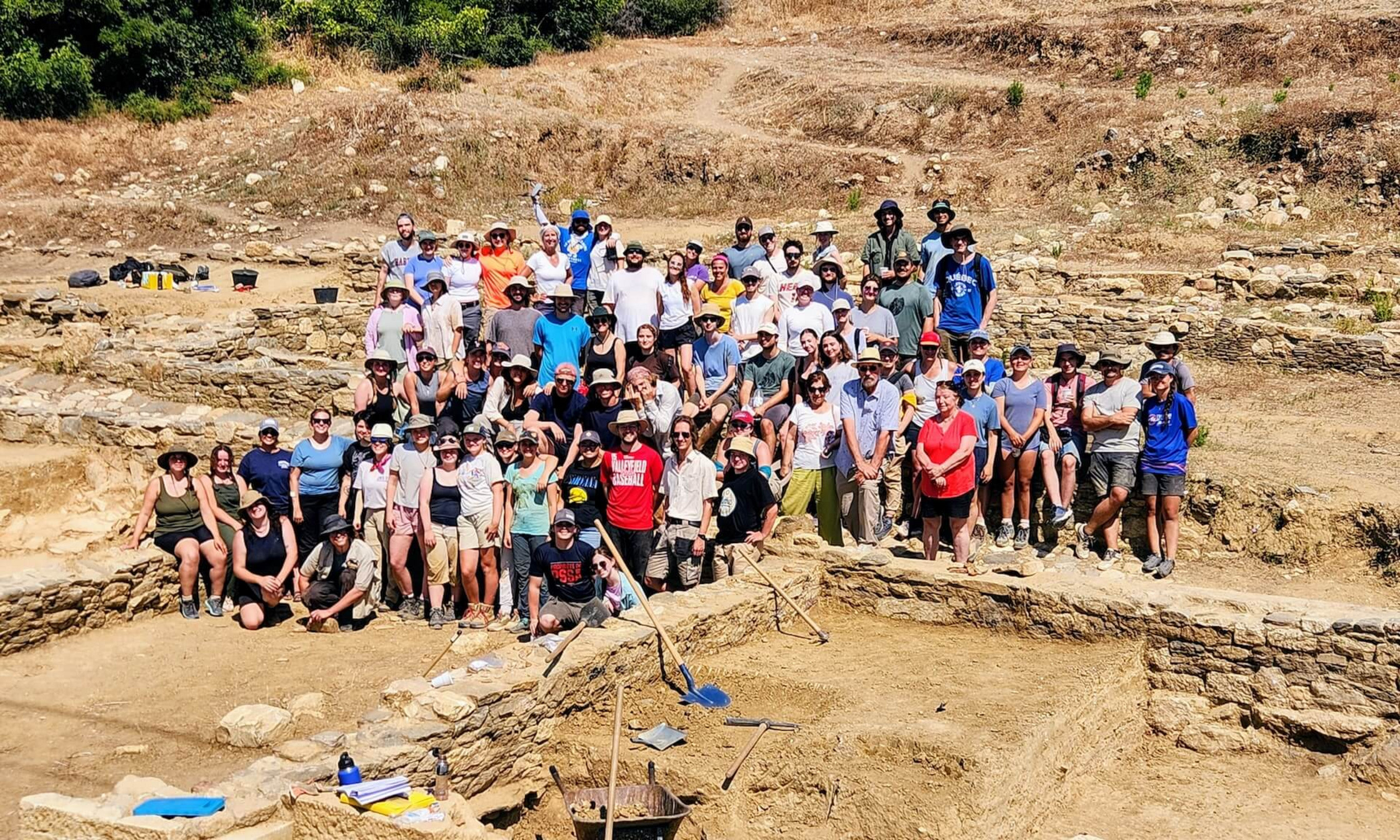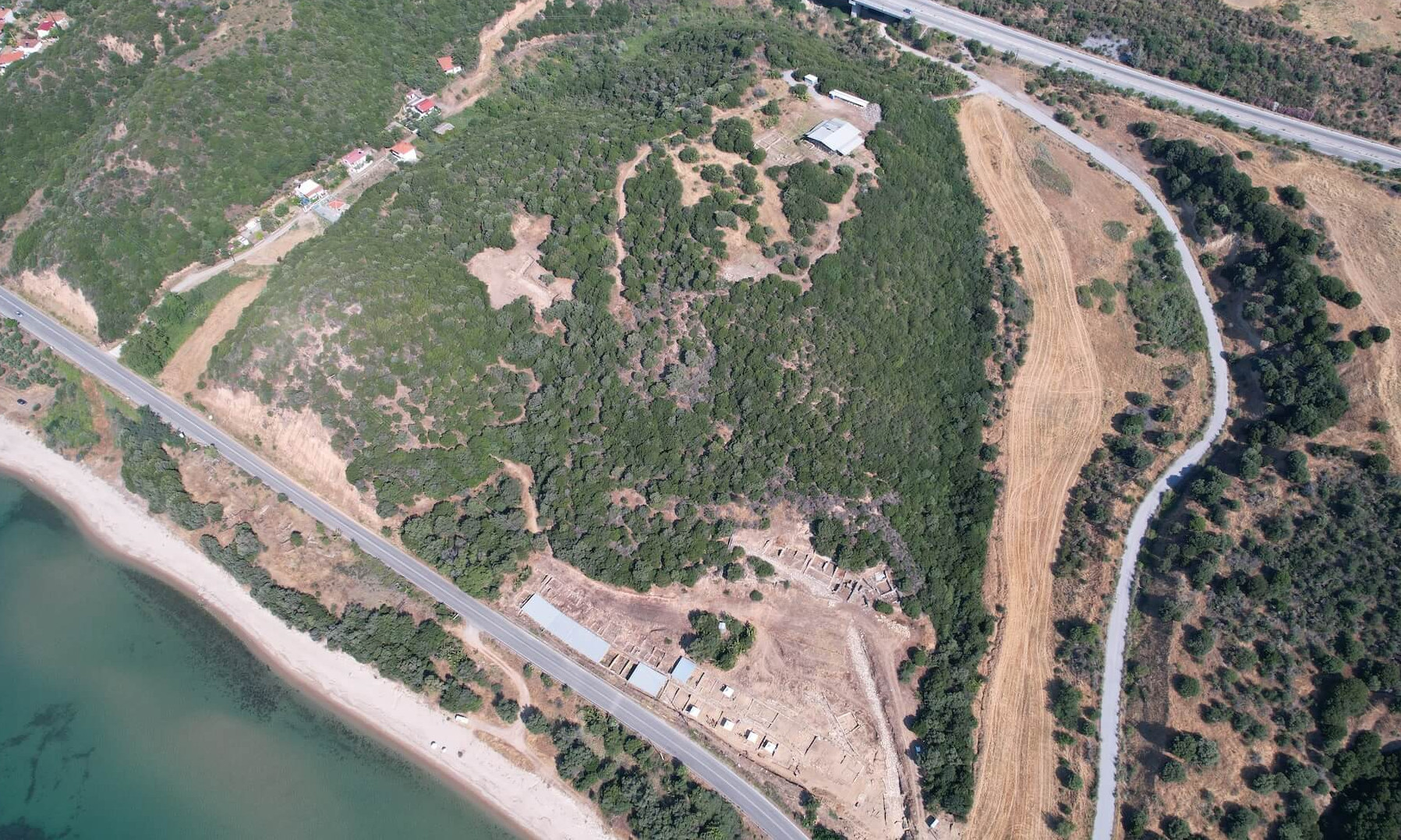At 6 a.m. on June 23, nearly 60 students gathered outside 14, 25 Martiou Street in the northern Greek town of Asprovalta preparing to board the shuttles that would take them to the Argilos archaeological site. Despite the early hour, the excitement was palpable: a new day of discoveries lay ahead.
The enthusiastic band was the latest contingent in the procession of students—a thousand over the past 30 years—who have trained at this unique scientific playground under the leadership of Professor Jacques Perreault, an expert on Mediterranean archaeology in the Department of History and the Centre for Classical Studies at Université de Montréal.
Half of the students were starting the final week of a four-week archeological field program during which they were introduced to the rigorous scientific process of excavating an important archaeological site.















